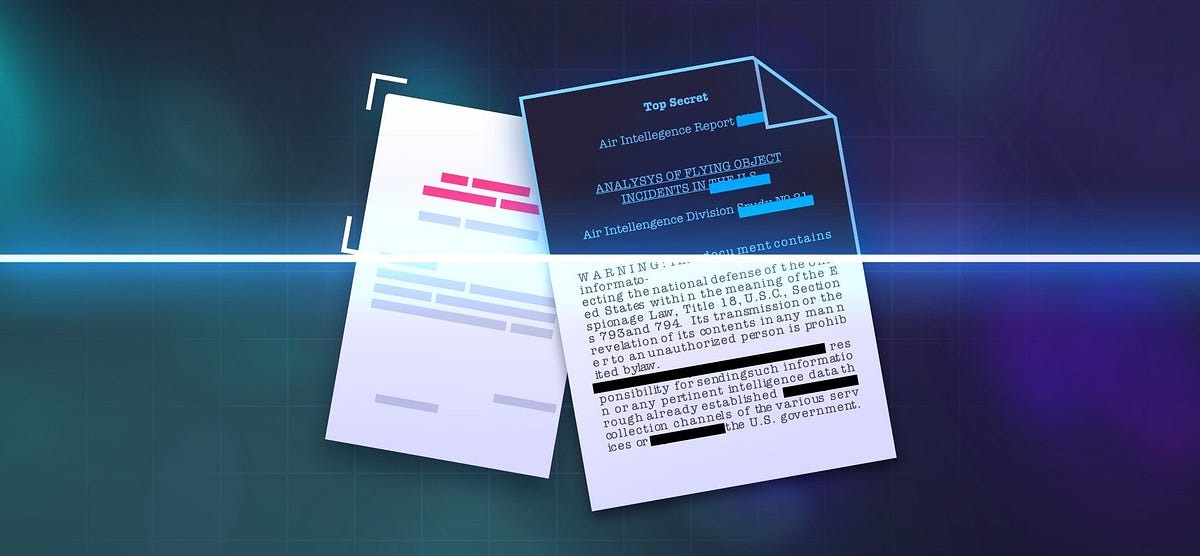In today’s digital age, Optical Character Recognition (OCR) technology has made significant strides, revolutionizing the way we interact with printed and handwritten text. From improving accessibility for individuals with visual impairments to streamlining document management processes in various industries, OCR technology continues to advance, offering new possibilities for enhancing accessibility and productivity.
Advancements in Accuracy and Speed
Enhanced Character Recognition:
Recent breakthroughs in OCR technology have led to remarkable improvements in accuracy and speed. Advanced algorithms and machine learning techniques have enabled OCR systems to recognize characters with greater precision, even in challenging conditions such as low-resolution images or distorted text.
Real-Time Processing:
Moreover, OCR technology has become faster and more efficient, allowing for real-time processing of text recognition tasks. With the ability to rapidly convert scanned documents, images, and even live video feeds into editable and searchable text, OCR technology has become an indispensable tool for businesses, researchers, and individuals alike.
Multilingual Support and Language Recognition
Multilingual Capabilities:
Another significant advancement in OCR technology is its support for multiple languages and scripts. Modern OCR systems can recognize and process text in various languages, including non-Latin scripts such as Chinese, Arabic, and Cyrillic. This multilingual capability has opened up new opportunities for global collaboration and communication.
Language Detection and Translation:
Furthermore, OCR technology now includes built-in language detection and translation features, enabling users to automatically identify the language of the scanned text and translate it into their preferred language. This functionality is particularly valuable for international businesses, researchers working with multilingual documents, and individuals traveling abroad.
Accessibility Features and Inclusive Design
Text-to-Speech Conversion:
One of the most significant benefits of OCR technology is its contribution to accessibility for individuals with visual impairments. OCR systems can convert printed text into digital text, which can then be read aloud using text-to-speech (TTS) technology. This feature allows visually impaired individuals to access printed materials such as books, documents, and signage with ease.
Integration with Assistive Technologies:
Moreover, OCR technology can be seamlessly integrated with assistive technologies such as screen readers and braille displays, further enhancing accessibility for individuals with disabilities. By providing access to printed and handwritten text in digital formats, OCR technology empowers individuals with visual impairments to participate more fully in education, employment, and daily life.
Conclusion
In conclusion, breakthroughs in OCR technology are transforming the way we interact with printed and handwritten text, enhancing accessibility and productivity across various domains. From advancements in accuracy and speed to support for multiple languages and inclusive design features, OCR technology continues to evolve, offering new opportunities for individuals and organizations to harness the power of digital text recognition. As OCR technology continues to advance, we can expect further innovations that will further enhance accessibility and improve the quality of life for people around the world.

